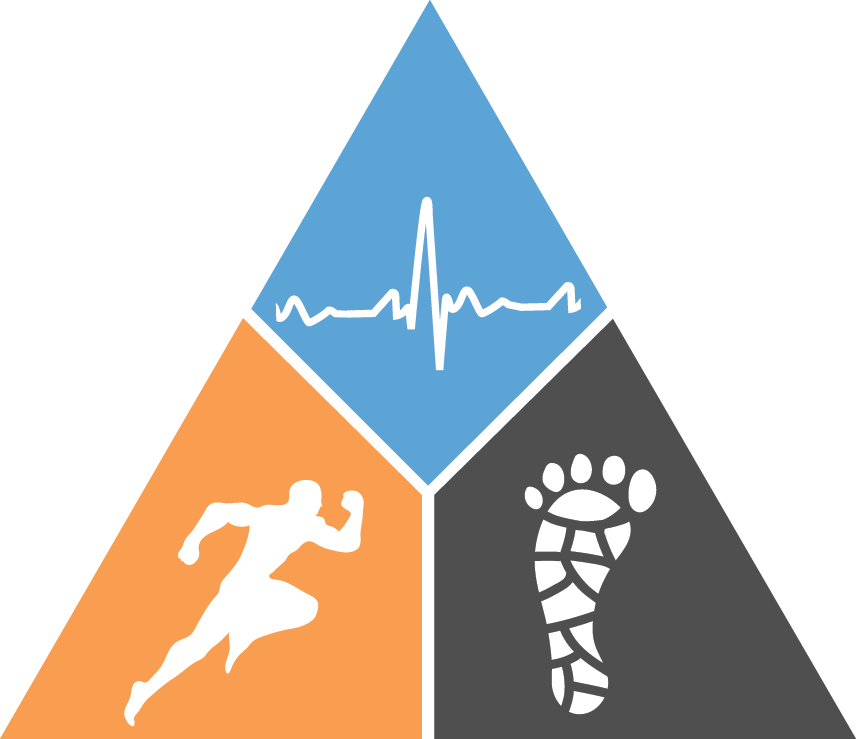Hammer Toes
Hammer Toes Treatment
Are you experiencing any pain in your toes? It might be time to consult with Pinnacle Podiatry for treatment. Hammer toes can worsen if left untreated, leading to stiffness and potentially requiring more complex treatment down the line.
Wondering
what a podiatrist can do for hammer toes? First and foremost, our team will carefully assess your condition to rule out any underlying issues or injuries. We'll listen to your concerns and expectations, taking into account any pain, discomfort, or cosmetic appearance issues you may have. From there, we'll recommend a personalised treatment plan to address your specific needs.
In most cases, non-surgical treatments can be highly effective in relieving symptoms of hammer toes. This may include simple strategies like wearing wider shoes, using padding or toe sleeves, taping the affected toe, removing
corns and calluses, or utilising
orthotics devices. For more severe cases, surgical options may be necessary.
Whatever treatment plan is recommended for you, our goal at Pinnacle Podiatry is to alleviate your discomfort and help your toes return to their natural position. Let us tailor a solution to suit your condition and get you back on your feet comfortably.
Hammer Toe Symtpoms
Are you noticing that one of your toes looks more curled than the others? That could be a sign of a hammer toe. Along with the visual appearance, other symptoms to look out for include:
- a toe that bends downward, difficulty walking, claw-like appearance of the toes,
- pain at the top of the affected toes or on the ball of your foot,
- difficulty moving the toes,
- the formation of corns and calluses,
- as well as swelling and skin discolouration
As hammer toes progress, the bent toe joint can become completely stiff. A common early symptom is blistering and corns forming on the affected toe due to friction with shoes. This can make walking painful and uncomfortable.
Don't ignore these signs and
consult your local podiatrist, Pinnacle Podiatry, for proper diagnosis and treatment options.
Hammer Toe Causes
Hammer toes occur when your toes are pushed into a bent position for a prolonged period, causing the muscles and tendons in your feet to tighten and restrict movement. This can be due to various factors such as wearing ill-fitting shoes, having certain health conditions, or experiencing a toe injury.
Common causes of hammertoes include:
- Wearing shoes that don't fit properly, especially ones that are too narrow or lack arch support.
- Having high or flat arch feet which can make you more prone to developing hammertoes.
- Having longer than average toes, which may not have enough space in regular shoes.
- Health conditions like diabetes or arthritis can increase your risk of hammertoes.
- Bunions pushing your toes out of alignment.
It's important to address the factors that can contribute to hammertoes to prevent them from becoming a long-term issue. If you experience any foot discomfort or notice changes in your toes,
book an appointment with Pinnacle Podiatry
for proper evaluation and treatment.
FAQS
Here are answers to some common questions to hammer toes.
-
What is hammer toe?
Hammer toes is when the first joint in your toe bends or contracts, known as the proximal interphalangeal joint. There are two types of hammer toes: flexible and rigid.
Flexible hammer toes can still be moved and straightened with some pressure, making them less severe. On the other hand, rigid hammer toes cannot be straightened with force and may need surgery for correction.
-
How to fix hammer toe?
If you're experiencing any discomfort, it's a good idea to schedule a visit with a podiatrist for some treatment. Hammer toes can worsen over time if not properly treated, potentially leading to more complicated correction methods.
At Pinnacle Podiatry, we will examine your hammer toes to rule out any other issues like plantar plate tears or injuries. Our podiatrists will thoroughly assess your situation and may recommend further tests if necessary. Just share your concerns and expectations about any pain, mobility issues, or even cosmetic concerns during your appointment.
The good news is that most cases of hammer toes can be treated without surgery, and many patients find relief through non-invasive methods. Some common treatments include:
- Wearing roomier shoes with a more flexible upper to reduce pressure on the toes
- Using toe sleeves or padding to alleviate irritation and pressure inside shoes
- Taping the affected toes to relieve symptoms
- Removing corns and calluses on the top of the toe to reduce discomfort
- Custom orthotic therapy to cushion and unload pressure from the base of the toe
- For severe cases where hammer toes are rigid and extremely painful, your podiatrist may suggest surgical options
-
How to prevent hammer toes?
Looking for ways to prevent hammertoes? Making sure you wear comfortable, well-fitting shoes is key. Follow these tips to find shoes that provide a proper fit:
- Avoid shoes with narrow, pointed toes that squeeze your toes.
- Always try on a few pairs to ensure the best fit, even if you know your shoe size.
- Walk around in the shoes before purchasing to check for any discomfort.
- Consider trying on shoes later in the day when your feet are slightly larger.
Remember, it’s crucial to wear shoes that fit well to prevent hammertoes from developing. If your shoes feel too tight, visit a shoe store to get your feet measured for the right size. Additionally, avoid wearing high heels higher than 2 inches to reduce pressure on your toes and prevent corns from forming. Choose shoes with a roomy toe box and a supportive footbed to protect against hammertoe development. And be sure to replace children's shoes every six months to accommodate their growing feet and prevent any foot issues.
-
What is the difference between a hammer toe and claw toe?
Did you know that hammer toes and claw toes are often mistaken for the same condition? They share similar causes, symptoms, and treatments, but there is a technical difference between the two. A hammer toe bends significantly at the last joint, resembling a hammer shape, while a claw toe bends at all the joints, starting with an upwards bend at the ball of the foot and then curling downwards.

